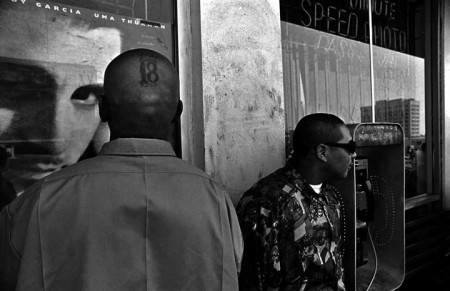In the 1960s while idealism sparked a decade of non-violent mass activism for change, the deep and accelerating alienation in Los Angeles barrios transformed the old pachucos into a new breed of street gang.
Like the Afro American leader Dr. Martin Luther King Jr., Mexican American leader Cesar Chavez came to believe that violent action for change was counterproductive at best because it fueled class and race-based justifications for an escalating cycle of prejudice and repression by those in power.
Chavez who himself had been a pachuco rebel as a teenager, devoted his life to organizing a peaceful mass movement for fair wages and treatment of farm workers as well as respect and recognition for the contributions of Mexican Americans. For a generation of Chicano youth Chavez became a powerful icon for peaceful resistance as ubiquitous as Che Guevara would become for those who believed in “armed revolution.”
But entry of drugs and guns into East LA barrios in an era of de-industrialization and decline in working class jobs on the heels of the increasingly militant period of the Vietnam War, undercut efforts of the peaceful advocates of “brown pride.” It is in this new post-industrial context of rising underground economy and increased prevalence of small arms that the 18th Street gang—originally founded as a click of the Clanton Street gang in 1959—adapts to and begins growing outside the traditional Latino barrios to claim turf from downtown LA to West and South Central LA. Two decades later these same barrios became home to many refugees fleeing political violence in Central America. 18th Street is reported by some researchers to have been one of the first of the traditional outgrowths of the Mexican American gangs to accept members from other racial and ethnic backgrounds.
Links:
- History of the 18th street gang at streetgangs.com–more reliably and broadly sourced than comparable sites
- Article on Cesar Chavez’s hunger strike.
- Cesar Chavez, Social Justice, and the Chicano Movement.
